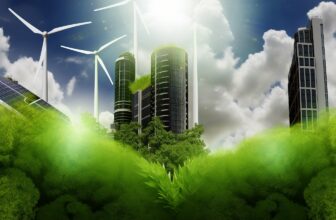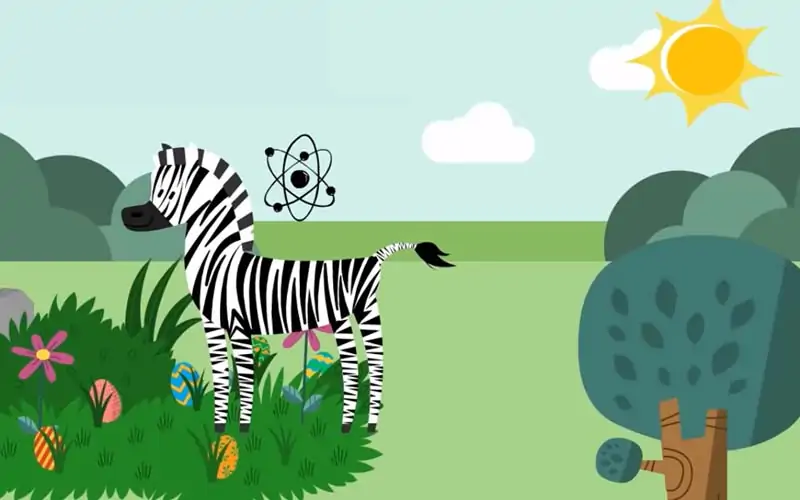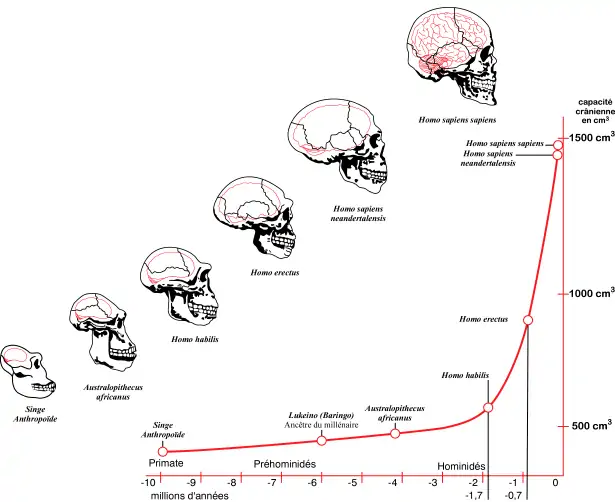Distinguish between Primary & Secondary Production, and Physical & Chemical Weathering of Soil.
Primary and secondary production:
Secondary production is a measurement of the biomass of herbivores in a system (such as an aquatic environment where herbivorous. Zoo platy on would be the measured quantity). It is the amount of new tissue created by the use of assimilated energy while primary production is the synthesis and storage of organic molecules during the growth and reproduction of photosynthetic organisms.
Primary production results in the addition of new plant biomass to the system or primary production is the rate at which the individual plant increases in mass.
Physical and chemical weathering of soil:
Weathering is a very slow process, that brings about change in structure of soil over a period of years. The structure of the soil is ever-changing because of weathering of the rocks, decomposition of dead animals, mineralization and change of soil nutrients present in it.
Formation of soil is an ongoing process and mainly takes place by weathering of rocks and mineralization and humidification. The weathering of the rocks is of physical and chemical types. When external force is applied on a rock or when rock gets exposed to extreme temperatures, there is a force of expansion and contraction which causes the rock to break. This is called ‘Physical Weathering’.
it also takes place due to friction caused by fast moving winds. Rocks also undergo a variety of chemical changes. Water dissolves or reacts with some components of the rocks, which make it soft and weather able. The oxidation reduction and carbonation are very important types of chemical weathering. Weathering is a very slow process but certainly brings about change in the structure of soil, over a period of years.





